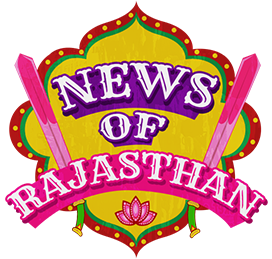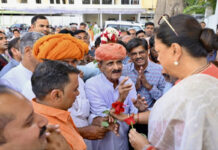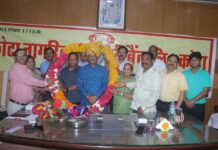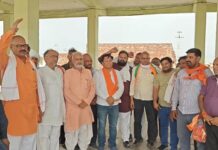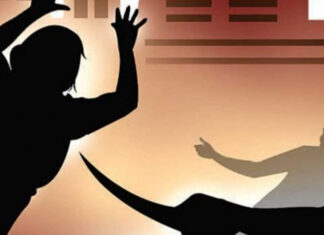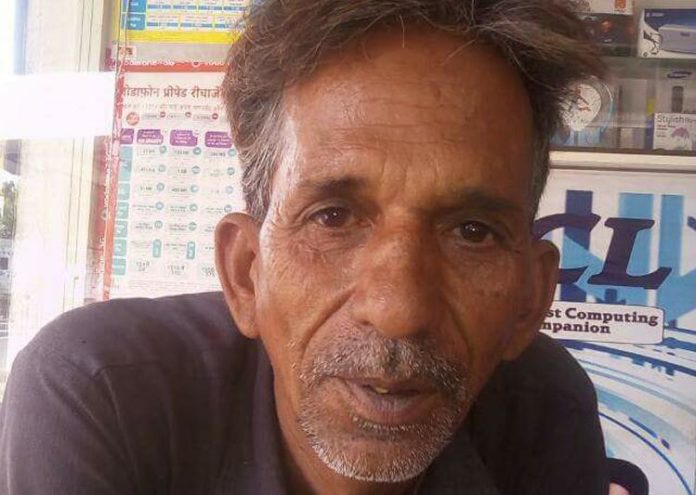
Exactly six days after the unfortunate death of labor union leader Zafar Khan in Pratapgarh, Rajasthan home minister Gulab Chand Kataria cleared the air on ‘Swachh Bharat’ inspections conducted by Nagar Parishad officers and sanitation workers. Kataria brushed off all accusations made by the elite clique sitting in Delhi, who, by the way, didn’t visit Jagwas Kachchi Basti to find the truth behind the alleged ‘Pratapgarh lynching’ case. Following extensive investigations, Kataria claimed that ‘the sanitation workers never photographed women relieving in the open’, a fact reported by TOI Rajasthan. Rather, it was Zafar Khan and other Basti members, who threatened to hurt the sanitation workers.
Recently, a few news channels played a video clip that shows the scuffle between sanitation workers and Basti residents, including Khan. Khan was caught on the cam, pushing a sanitation worker, as evident in the video. Also, we saw a woman in the backdrop, holding a big stone in her hand, ready to pelt it on the civic officials. Both these factors seem to turn the tables in favor of the civic officials present on the spot.
The home ministry held a press conference in this regard yesterday morning, wherein, Kataria revealed a shocking truth, which is likely to put the Basti residents in trouble. He claimed that the same team, comprising of Nagar Parishad commissioner Ashok Jain and his subordinates Ritesh Harijan, Manish Harijan, Kamal Harijan visited Jagwas Kachchi Basti on June 15 to generate awareness on Swachh Bharat Abhiyan. Had they photographed women defecating in the open, they wouldn’t have visited the same location the next day.
This makes sense because why would officers visit the same place over and over again. Kataria’s revelation contradicts the statement of one of the eye witnesses who says—

Contrary to this statement, the post-mortem reports prepared by qualified doctors of Rajasthan medical board reveal that Khan died of cardio-respiratory failure and not brutal injuries. While showing a video, Kataria claimed that post-scuffle, Khan went back home whereas the civic workers visited the nearest police station to lodge a FIR against him for disrupting government proceedings. While at home, Khan complained of a health problem, when he was rushed to a hospital, where he ultimately died.
This revelation raises serious questions about the role of media in this case. If we go by the words of a government minister, the ‘elite’ journalists sitting in air-conditioned offices, need to explain the reason behind thoughtless statements propagated on social media. It was really unfortunate that the media and opposition leaders used Zafar Khan’s death as a weapon to create public unrest, rather than delving into the crux of this matter.
